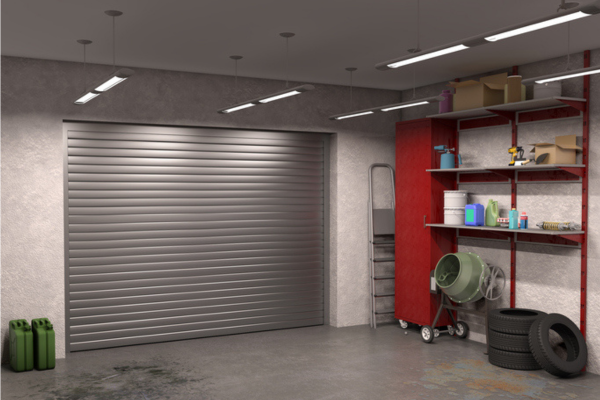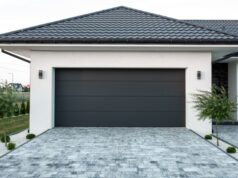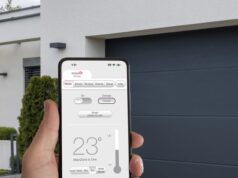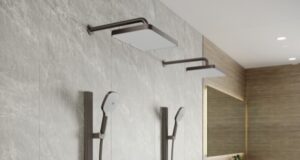
Flex-a-doors combine the corrugated steel of a roller door with the movement of a sectional door. They offer a secure and space-efficient option for Australian homes. Although they resemble sectional doors, they use a corrugated metal curtain that stores flat against the ceiling. Most are made from Colorbond steel and are available in a wide range of durable colours to match different home styles.
What is a flex-a-door
A flex-a-door looks similar to a roller door because it has a corrugated metal curtain, but it works differently. Instead of rolling into a drum, the curtain travels along a curved track until it lies flat and parallel to the ceiling. This design allows the door to bend smoothly from the vertical position at the opening to the horizontal position along the roof space.
Benefits for Australian homes
Flex-a-doors are well suited to many Australian garages and carports. They offer several advantages.
Space saving
Because the curtain rests flat under the ceiling, there is no swing-out movement into the driveway. This makes flex-a-doors ideal for garages with limited space or low ceilings.
Suitable for odd openings
The curtain’s flexibility means these doors can fit openings with non-standard shapes such as arches.
Quiet and smooth operation
Nylon rollers and Nylofelt running strips allow the door to move smoothly and quietly without the need for grease.
Improved safety
The extension springs are enclosed and kept out of reach of children. The design eliminates protruding parts that could cause injury.
Weather resistance
Deep-cushion seals help keep out water, leaves and dust. These seals can adjust to minor floor unevenness.
Strong and durable
Made from high quality Colorbond steel, flex-a-doors can handle Australia’s changing weather conditions.
Choosing the right door
When selecting a flex-a-door, there are a few points to consider.
- Check the headroom available. Flex-a-doors are a good option for garages with limited space above the opening
- Select a Colorbond colour that suits your home’s exterior
- Consider extras such as automatic openers, safety beams and smartphone control kits for convenience and security
- Have the door installed by a qualified professional to ensure correct fitting and sealing





